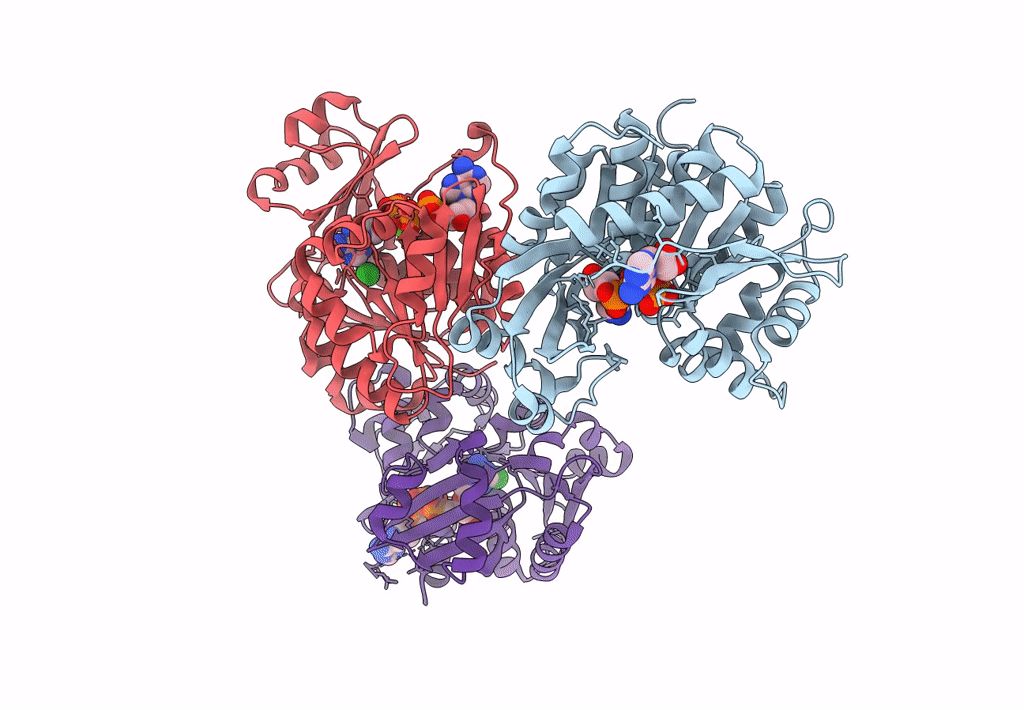
Deposition Date
2010-02-04
Release Date
2011-02-02
Last Version Date
2024-02-21
Entry Detail
PDB ID:
3LOO
Keywords:
Title:
Crystal structure of Anopheles gambiae adenosine kinase in complex with P1,P4-di(adenosine-5) tetraphosphate
Biological Source:
Source Organism:
Anopheles gambiae (Taxon ID: 7165)
Host Organism:
Method Details:
Experimental Method:
Resolution:
2.00 Å
R-Value Free:
0.24
R-Value Work:
0.19
R-Value Observed:
0.20
Space Group:
P 1 21 1


